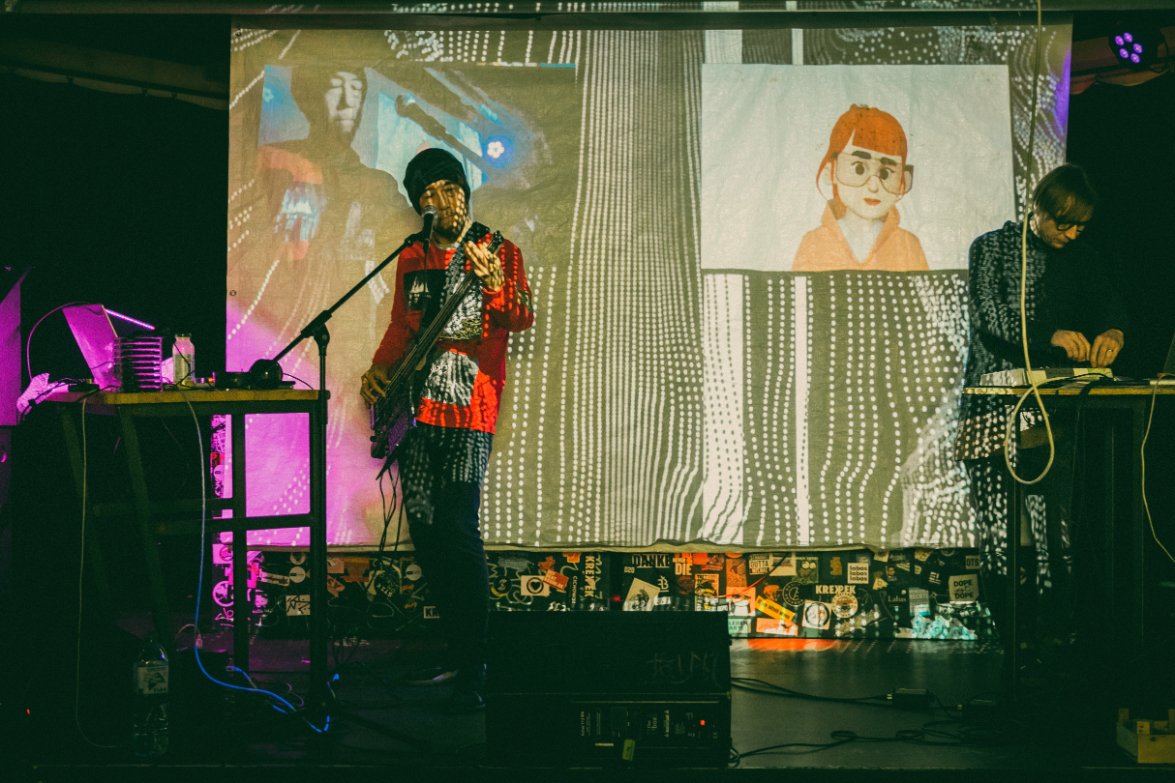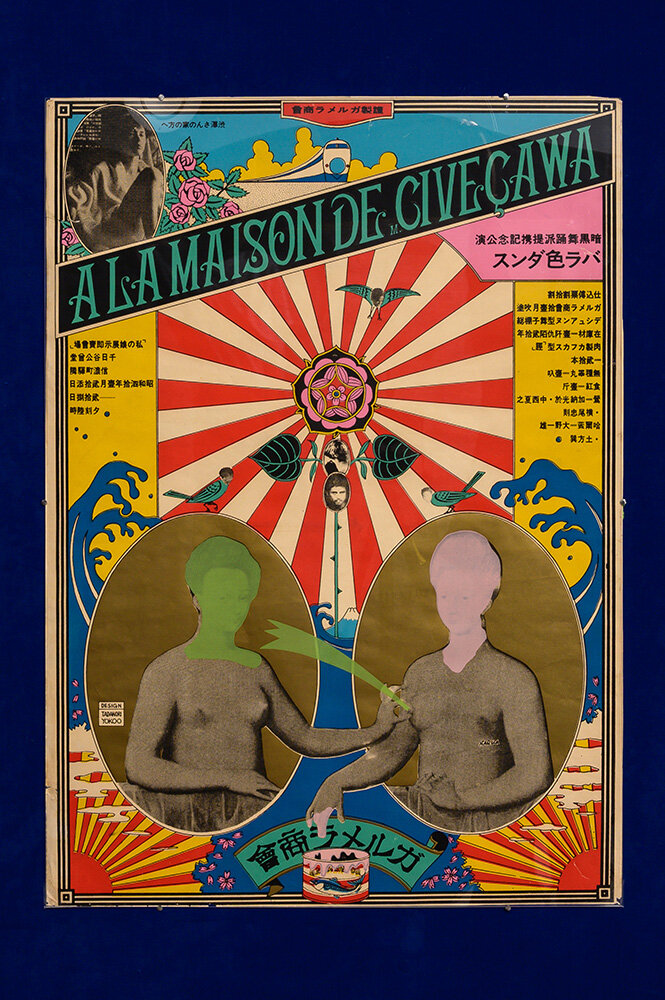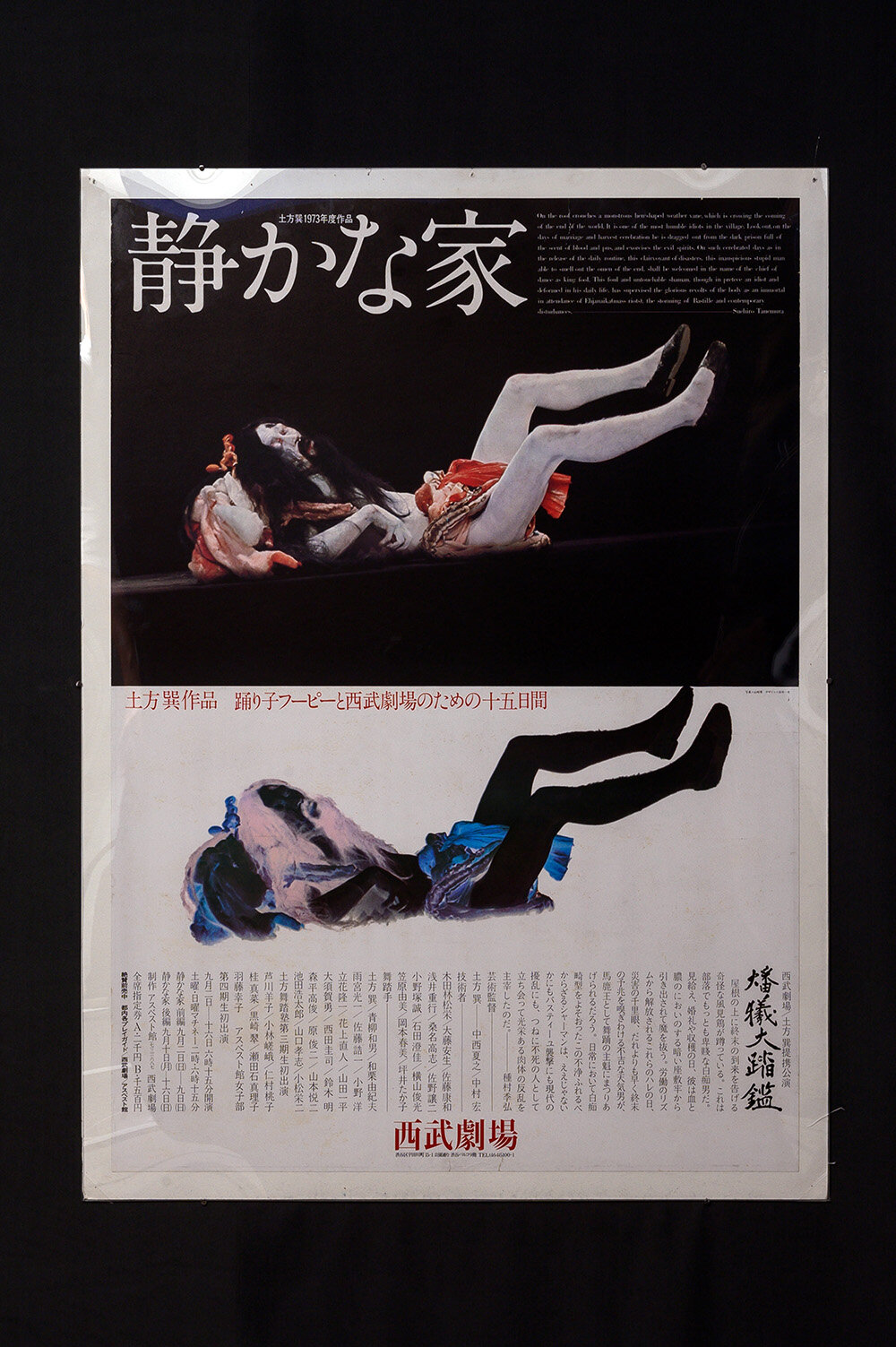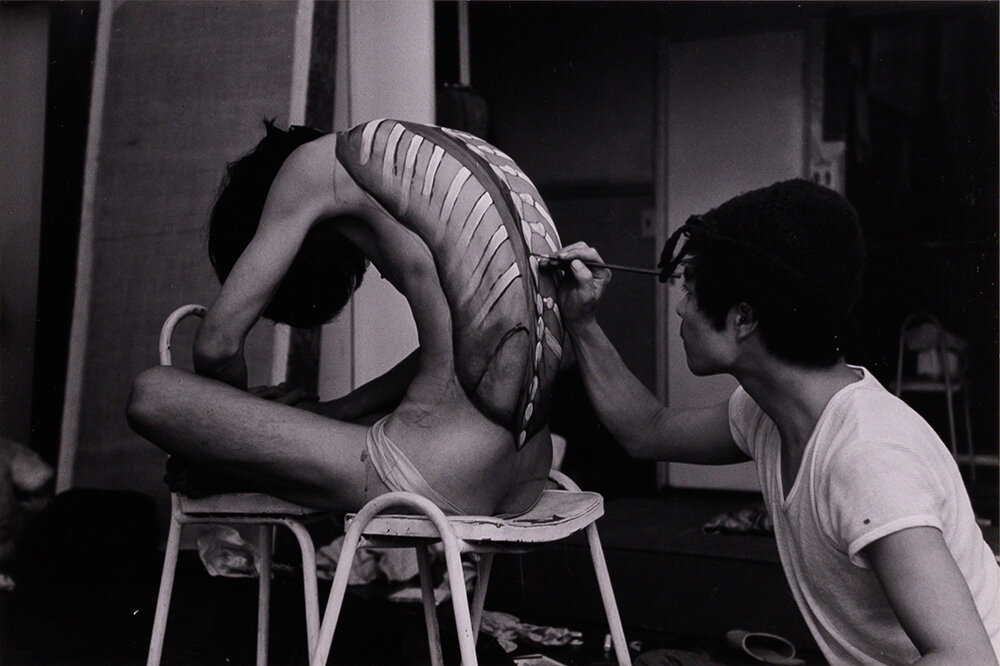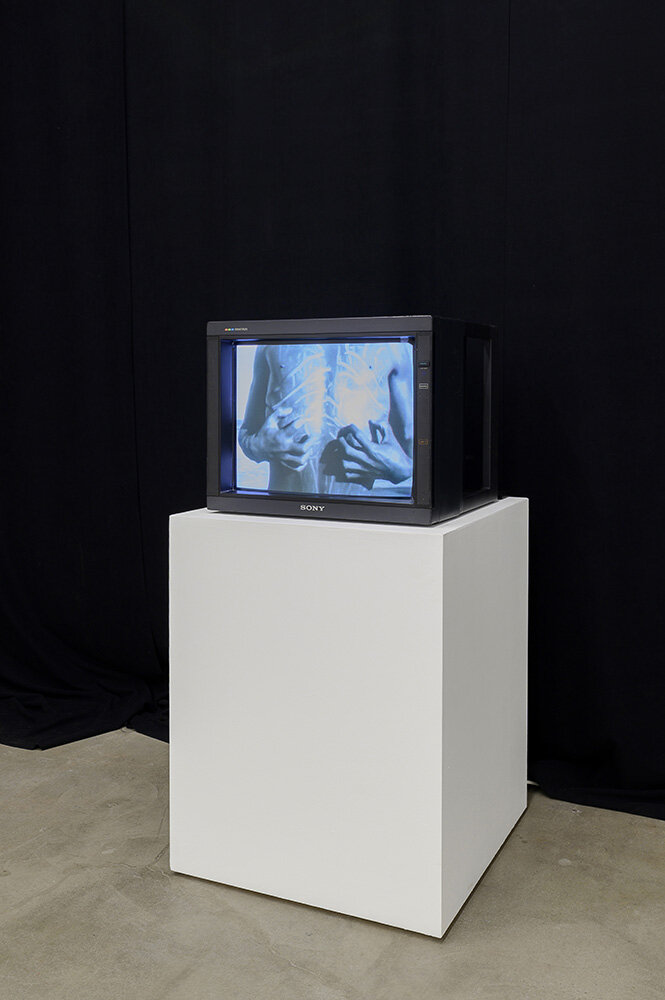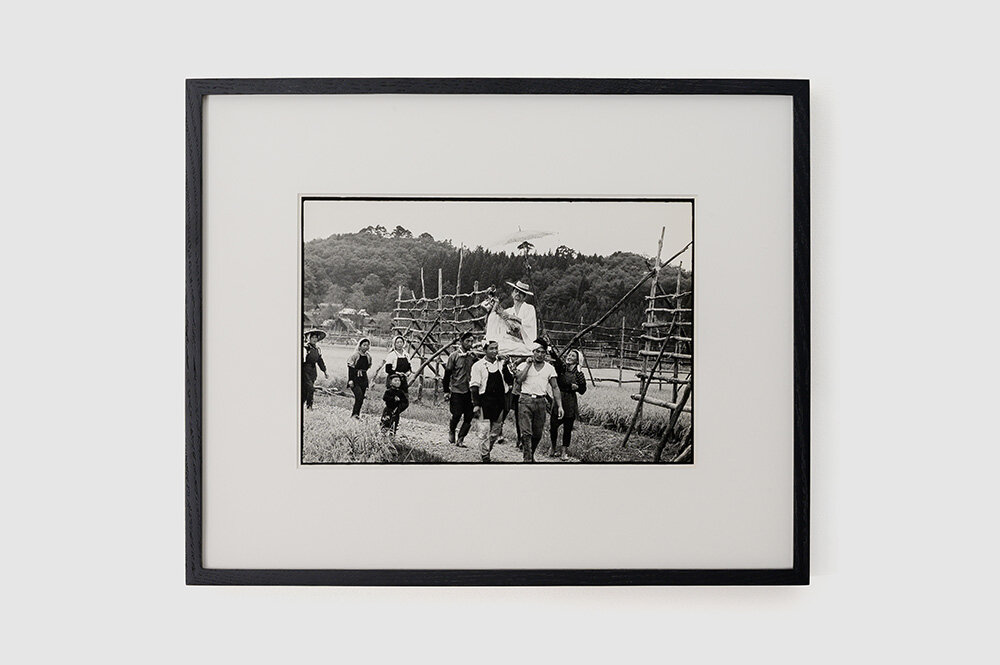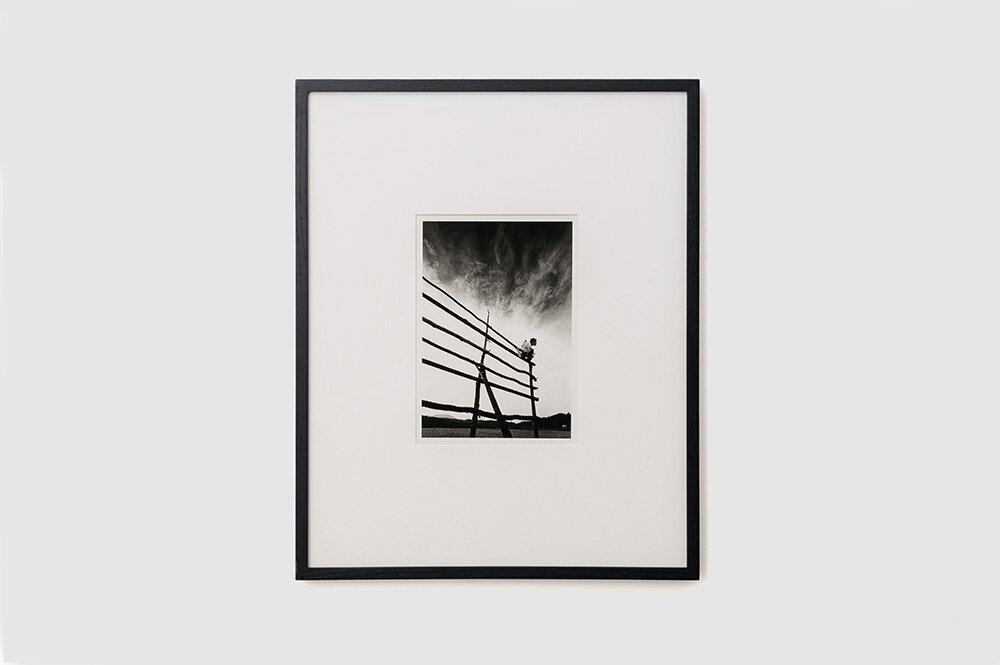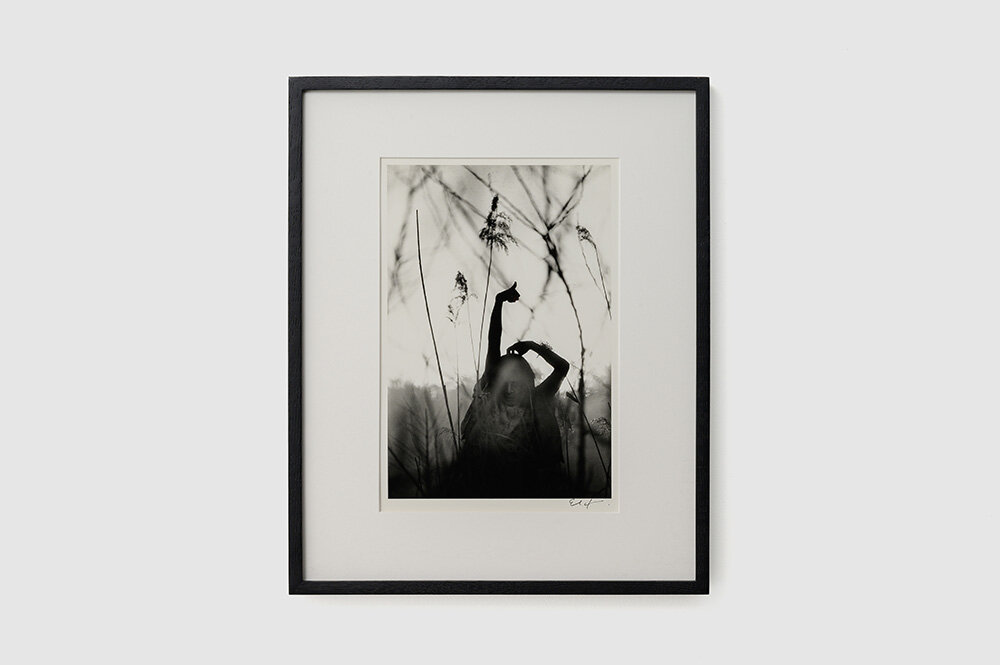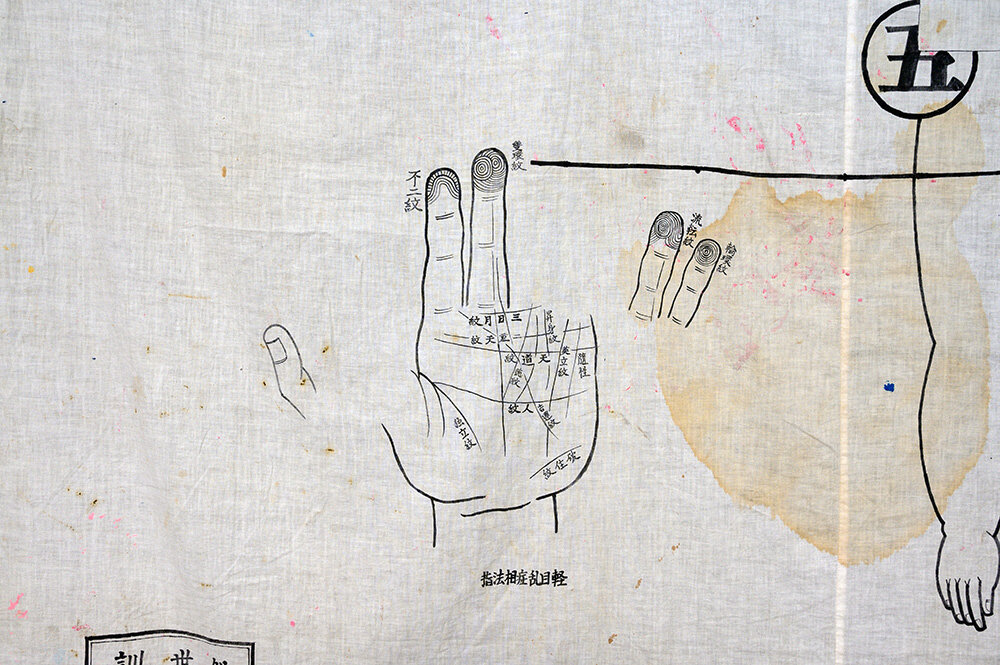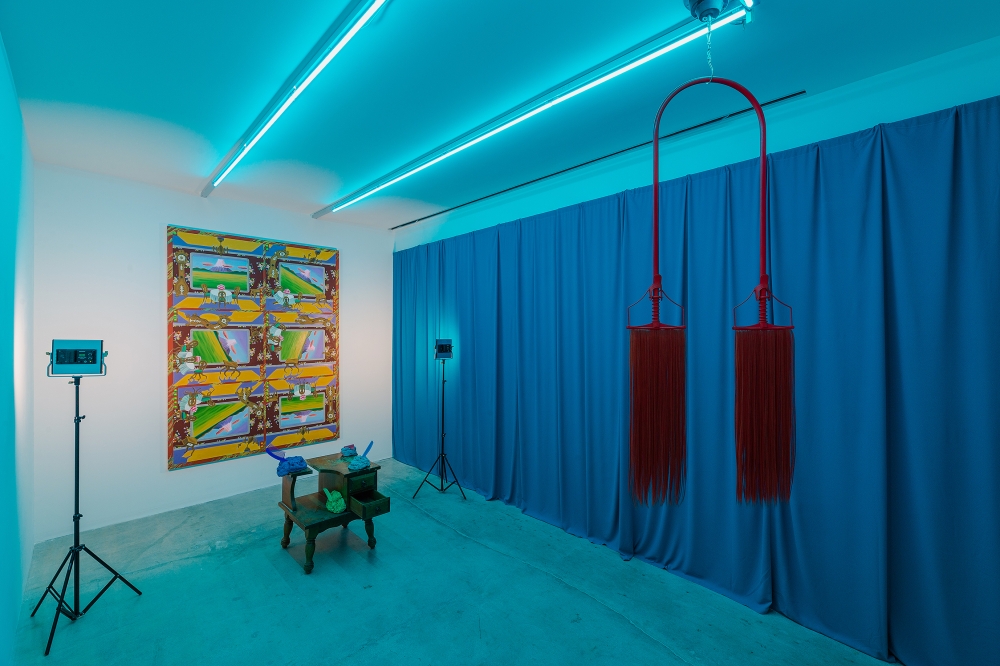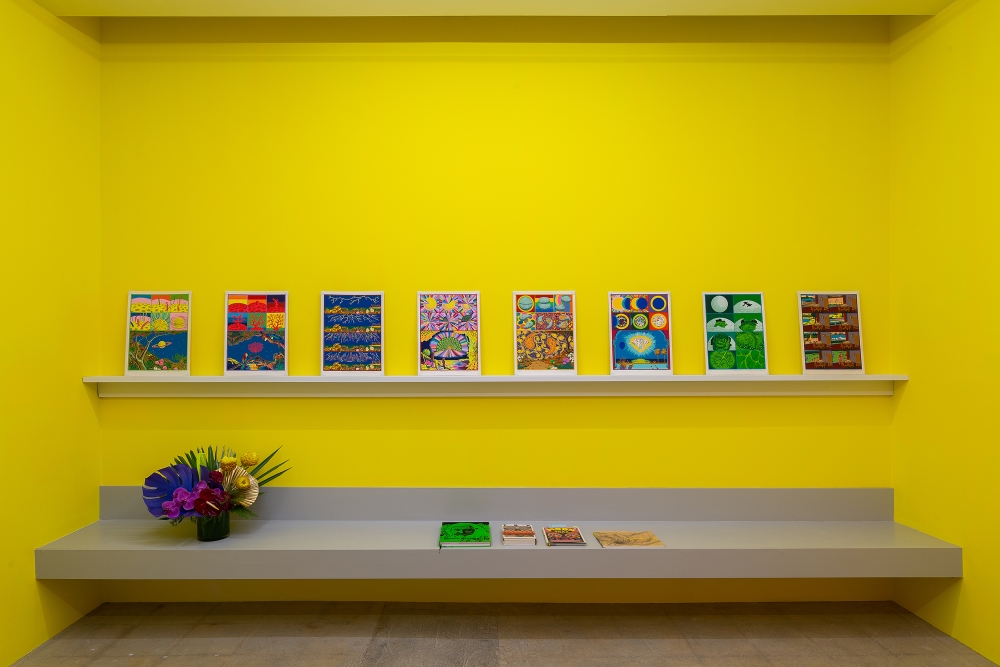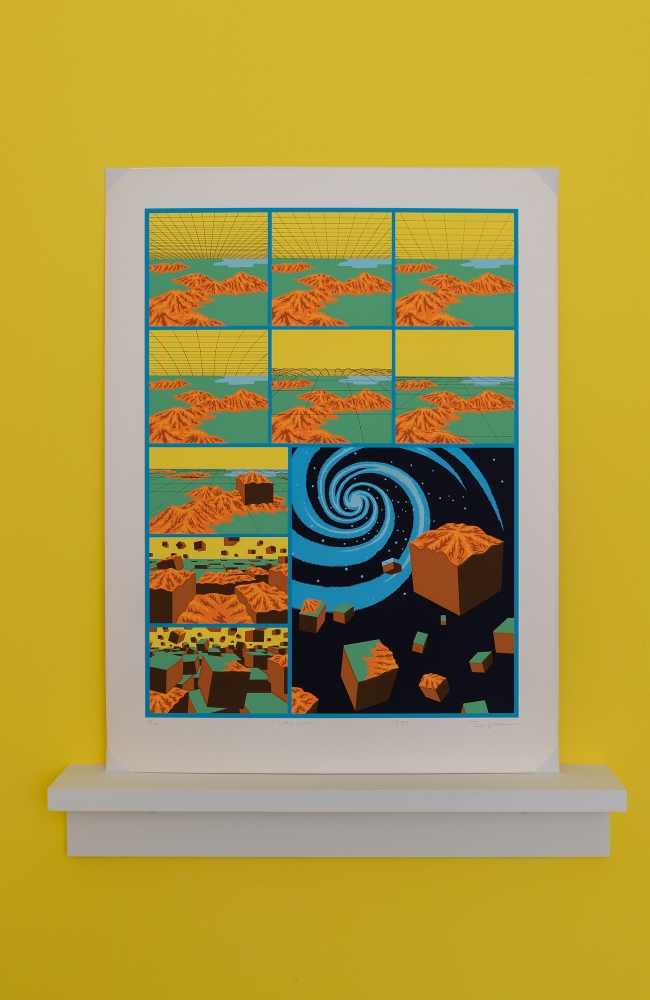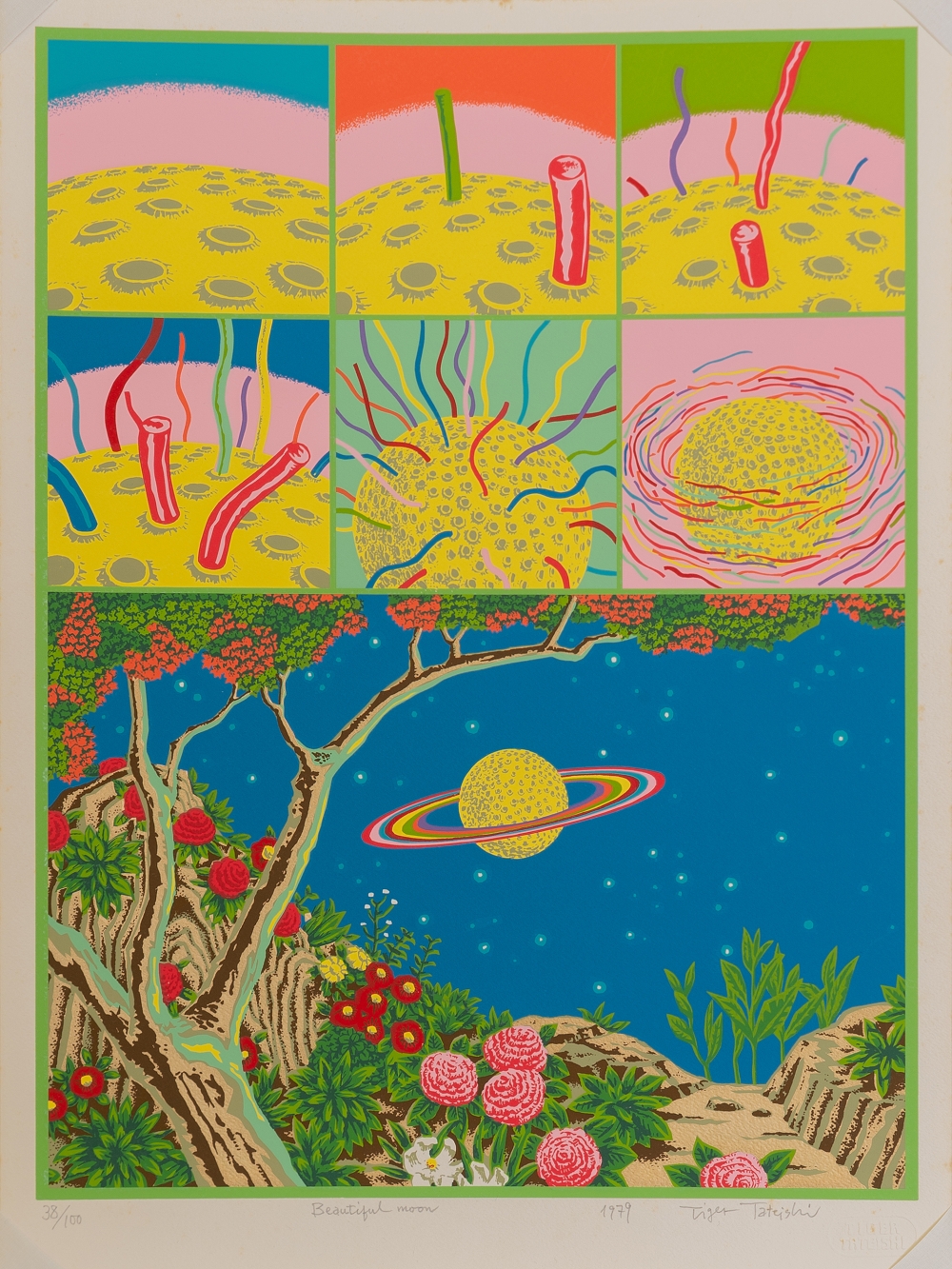courtesy of Cartier
At Expo 2025 Osaka, Cartier made a bold and enduring statement about the future—not through products, but through purpose. The Maison’s long-standing commitment to empowering women found tangible expression in two landmark moments: the inauguration of the Women’s Pavilion and the 2025 edition of the Cartier Women’s Initiative (CWI) Impact Awards. Together, these initiatives underscore Cartier’s belief that when women thrive, humanity thrives.
The Women’s Pavilion, co-created by Cartier with the Japanese government and Expo 2025 organizers, is more than an architectural feat—it’s a cultural and social force. Designed by architect Yuko Nagayama and envisioned as a space of global dialogue, the Pavilion serves as a living platform for discussing gender equality, showcasing innovation, and amplifying women’s contributions across sectors. Events like the WA Dialogues brought together leaders from UN Women, grassroots organizations, and the private sector to explore systemic change, while art performances and ceremonial design wove together tradition and contemporary thought.
A centerpiece of the Pavilion’s launch was the message from Cartier’s leadership. “Women’s empowerment is the beating heart of our collective future,” declared Cyrille Vigneron, Chairman of Cartier Culture and Philanthropy. This ethos permeated every facet of the Pavilion—from the cymatics-inspired stage, to the reuse of its materials in future environmental projects, ensuring that its legacy continues beyond the Expo.
The spirit of the Pavilion found its most poignant expression in the 2025 Impact Awards, a celebration of nine extraordinary women entrepreneurs whose businesses are improving lives, preserving the planet, and creating economic opportunities around the world. Selected from a pool of over 330 past fellows, these women represent the power of scaling local solutions into global movements.
Each awardee received $100,000 in funding and joined a year-long fellowship designed to support impact measurement, leadership development, and strategic growth. But beyond the numbers lies a powerful narrative of resilience and innovation. From Ireland to Rwanda, India to Jordan, these women are solving critical challenges—from menstrual health to clean energy, emergency response systems to education for refugee children.
courtesy of Cartier
For example, Kristin Kagetsu’s Saathi produces biodegradable sanitary pads from banana fiber, reaching over 114,000 women and cutting down plastic waste. In East Africa, Caitlin Dolkart’s Flare has reduced ambulance wait times from hours to minutes. And in Armenia, Mariam Torosyan’s Safe YOU app now supports survivors of gender-based violence in five countries with AI-powered emergency services and financial empowerment tools.
These aren’t isolated successes; they’re proof points in Cartier’s larger vision of business as a vehicle for social transformation.
The Impact Awards Week, set against the backdrop of the Women’s Pavilion and the broader Expo, brought together 180 global changemakers for panels, workshops, performances, and shared meals. The week was as much about forging new connections as it was about celebrating achievement.
Events like the emotionally resonant “Letter to Our Younger Selves” video, or the keynote by Sandi Toksvig OBE, reminded audiences that leadership is not only a matter of innovation but of courage. June Miyachi, President & CEO of Cartier Japan, underscored this in her opening remarks: “The Women’s Pavilion is a space for the elevation of voices, of ideas, of perspectives—and a reminder that lasting equality is within our reach when we choose to build it together.”
The week closed with a performance choreographed to the theme “Forces for Good”—a fitting end to a program that wove together cultural celebration and civic urgency.
The Cartier Women’s Initiative continues to evolve. Applications for the 2026 edition are already underway, with plans to spotlight 30 entrepreneurs across ten award categories, including a new Science & Technology Pioneer Award. As the Initiative grows, so does Cartier’s investment in fostering a global network of visionary women.
In a luxury industry too often focused on surface, Cartier’s alignment with structural change feels not only authentic but necessary. The Maison’s efforts remind us that the future of luxury lies in long-term thinking, cross-sector collaboration, and a profound respect for human potential.
At Expo 2025, Cartier didn’t just stage an event—it illuminated a movement. And in doing so, it offered a blueprint for how heritage brands can lead with meaning, beauty, and impact.










